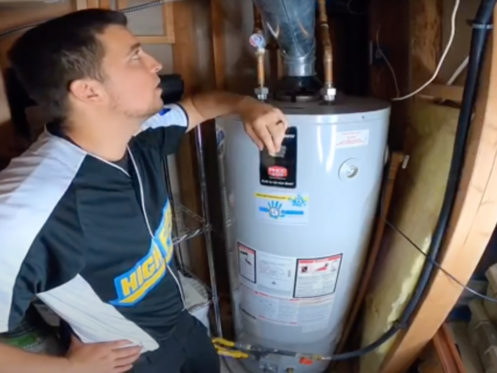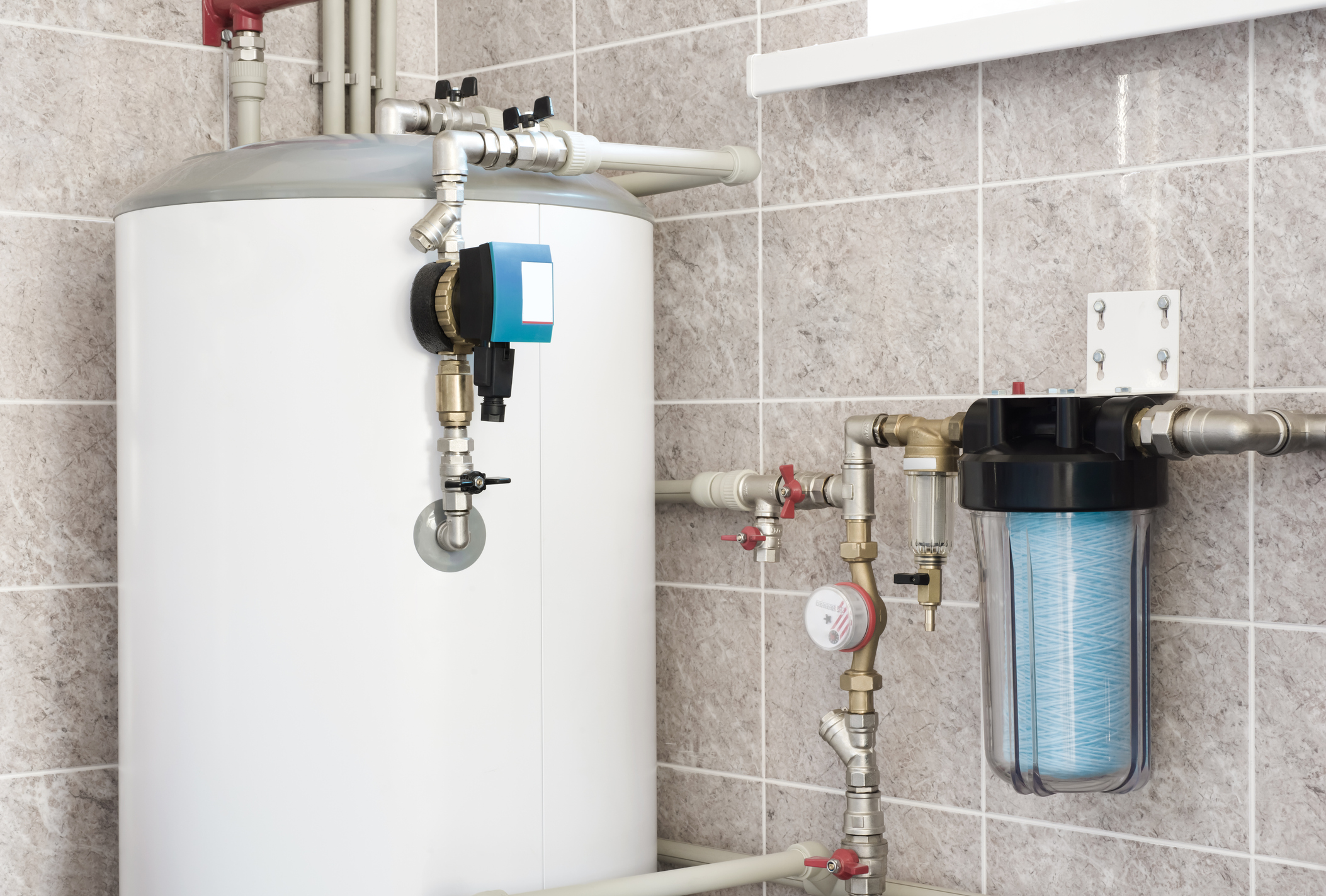Steps to Prolong the Lifespan of Your Home's Hot Water System By MaintenanceStep-by-Step Steps to Caring for Your Home's Hot Water System
Steps to Prolong the Lifespan of Your Home's Hot Water System By MaintenanceStep-by-Step Steps to Caring for Your Home's Hot Water System
Blog Article
What're your thoughts and feelings on Tips on Maintaining a Water Heater?

Hot water is essential for day-to-day convenience, whether it's for a refreshing shower or cleaning dishes. To guarantee your warm water system runs effectively and lasts longer, normal upkeep is essential. This article gives functional suggestions and insights on just how to preserve your home's hot water system to stay clear of interruptions and costly repair services.
Introduction
Preserving your home's hot water system may appear difficult, yet with a few straightforward steps, you can ensure it operates smoothly for years ahead. This overview covers everything from understanding your warm water system to do it yourself upkeep ideas and knowing when to call in expert aid.
Value of Maintaining Your Warm Water System
Regular upkeep not only expands the life expectancy of your warm water system however likewise ensures it runs efficiently. Disregarding maintenance can result in decreased performance, higher energy costs, and even premature failing of the system.
Signs Your Warm Water System Requirements Maintenance
Recognizing when your hot water system requires interest can prevent significant problems. Look out for signs such as irregular water temperature, weird noises from the heater, or rusty water.
Purging the Water Heater
Flushing your water heater removes debris accumulation, enhancing efficiency and lengthening its life.
Monitoring and Replacing Anode Rods
Anode poles stop corrosion inside the container. Evaluating and replacing them when worn out is critical.
Complex Concerns Needing Specialist Assistance
Instances include significant leaks, electric issues, or if your water heater is continually underperforming.
Routine Professional Upkeep Conveniences
Professional maintenance can consist of comprehensive assessments, tune-ups, and making sure compliance with security criteria.
Inspecting and Adjusting Temperature Settings
Changing the temperature level setups makes certain optimal performance and security.
Do It Yourself Tips for Maintenance
You can carry out a number of upkeep jobs on your own to maintain your warm water system in leading condition.
Checking for Leaks
Frequently examine pipelines and links for leakages, as these can cause water damages and greater costs.
Recognizing Your Warm Water System
Prior to diving right into upkeep jobs, it's helpful to recognize the standard parts of your warm water system. Typically, this includes the water heater itself, pipes, anode poles, and temperature level controls.
Month-to-month Upkeep Tasks
Normal month-to-month checks can aid capture small concerns prior to they intensify.
Checking Stress Relief Valves
Evaluating the pressure relief valve ensures it functions appropriately and protects against excessive stress buildup.
Insulating Pipes
Insulating warm water pipes decreases heat loss and can save power.
When to Call an Expert
While DIY maintenance is advantageous, some issues require specialist knowledge.
Final thought
Normal upkeep of your home's warm water system is crucial for performance, long life, and expense financial savings. By complying with these suggestions and understanding when to look for specialist aid, you can make sure a reliable supply of warm water without unanticipated disruptions.
How to Maintain an Instant Hot Water Heater
Before tinkering with your hot water heater, make sure that it’s not powered on. You also have to turn off the main circuit breaker and shut off the main gas line to prevent accidents. Also turn off the water valves connected to your unit to prevent water from flowing into and out of the appliance. 2. When you’re done, you have to detach the purge valves’ caps. These look like the letter “T” and are situated on either side of the water valves. Doing so will release any pressure that has accumulated inside the valves while at the same time avoid hot water from shooting out and burning your skin. 3. When the purge valves’ caps are removed, you have to connect your hosing lines to the valves. Your unit should have come with three hoses but if it didn’t, you can purchase these things from any hardware or home repair shops. You can also get them from retail stores that sell water heating systems. Read the user’s manual and follow it to complete this task properly. When the hosing lines are connected, open the purge port’s valves. 4. You should never use harsh chemical cleaners or solutions when cleaning your unit. Make use of white vinegar instead. It should be undiluted and you’ll probably use about 2 gallons. 5. Now flush your water heater. This task should probably take about 40 minutes. We can’t give you specific directions for this because the procedure is carried out depending on the type, model and brand of your heater. With that being said, refer to the user’s manual. 6. When you’re done draining the unit, you have to turn off the purge port valves again. Remove the hosing lines that you earlier installed on each of the water valves. Put the valve caps (purge port) back in their respective places and be very careful so as not to damage the rubber discs that are found inside these caps. 7. Now that everything’s back in place, check your user’s manual again to find out how to reactivate your water heating system. 8. Once it is working, turn one of your hot water faucets on just to let air pass through the heater’s water supply pipes. Leave the tap on until water flows smoothly out of it. https://www.orrplumbing.com/blog/2014/september/how-to-maintain-an-instant-hot-water-heater/

I was shown that editorial on How to Maintain Your Water Heater & Prolong its Life through a friend on a different web blog. Those who liked our blog post if you please remember to pass it around. Many thanks for your time. Return soon.
Check It Out Report this page